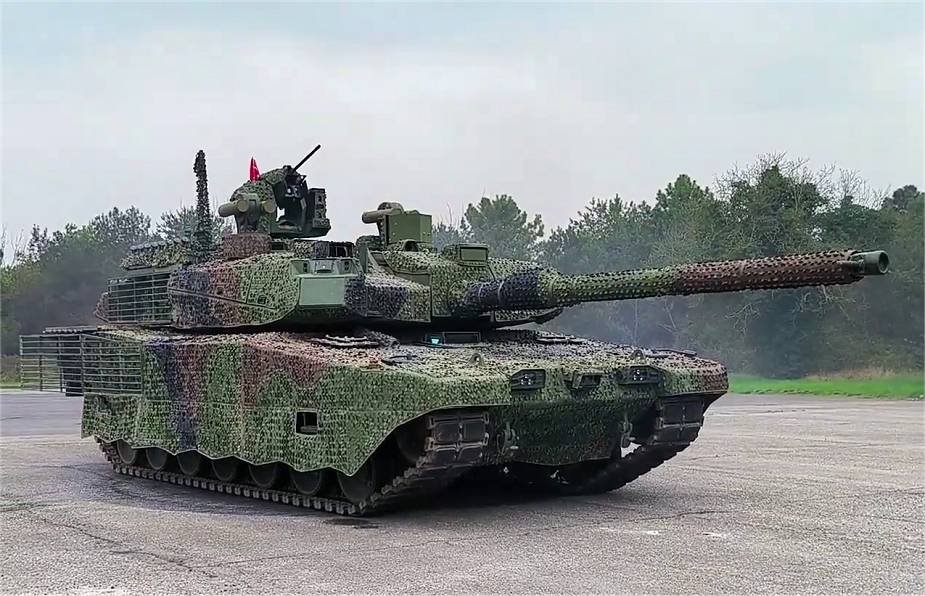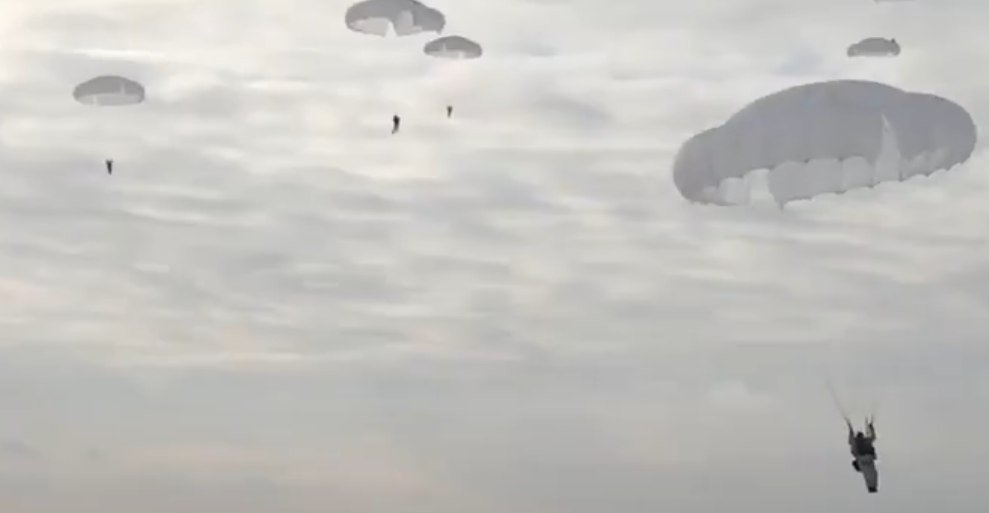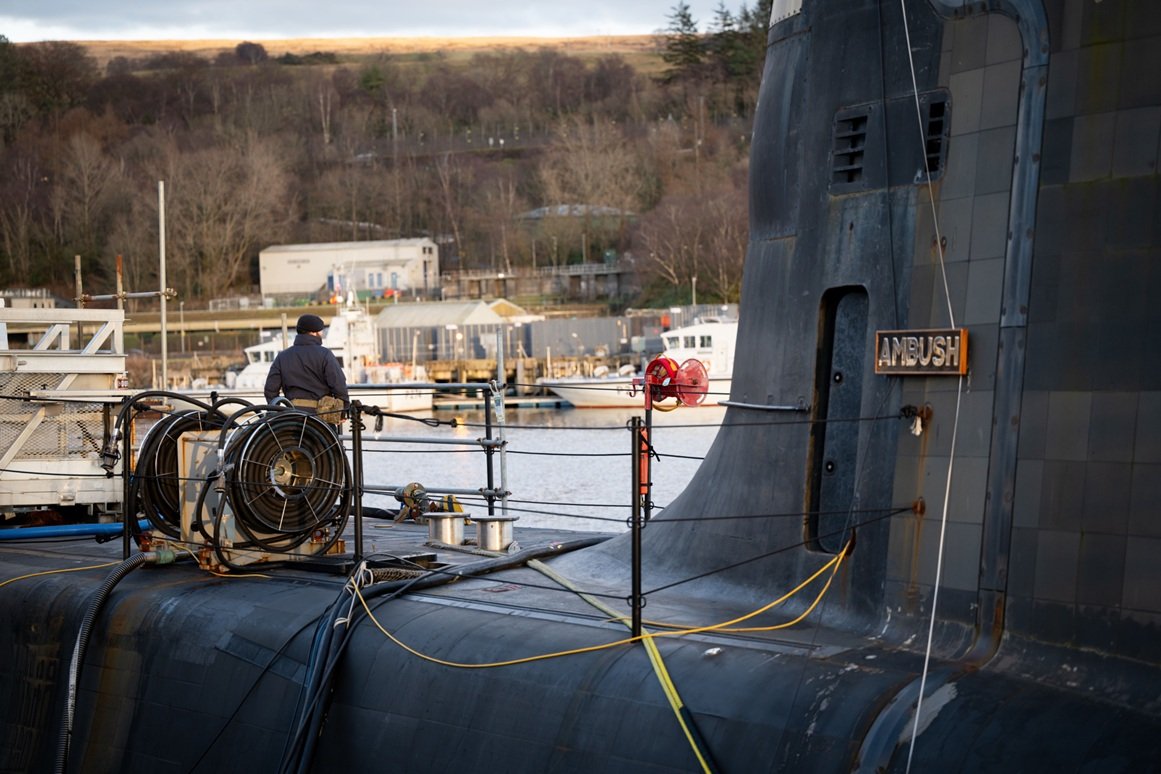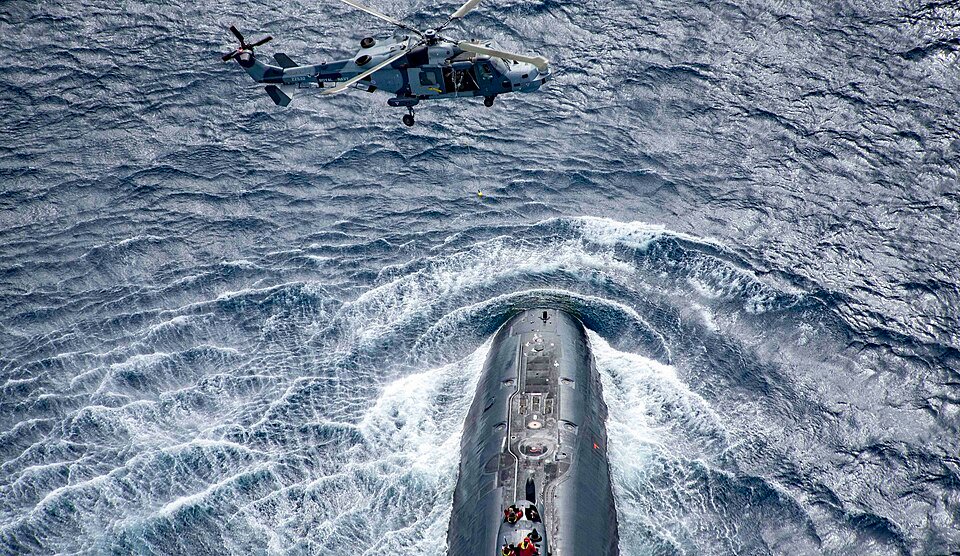
Russia’s Asymmetric Naval Concept Focusing on Submarines and Small Surface Units
The Russian Navy has historically struggled with limited resources compared to the navies of the United States and NATO. Instead of attempting to have a fleet on par with aircraft carriers and large surface units, Moscow has focused on an asymmetric strategy that emphasizes submarines and smaller surface units equipped with guided missiles. This approach allows for the creation of a cost-effective force capable of delivering heavy blows to the enemy while minimizing its own vulnerability. At the same time, it gives Russia the opportunity to defend its coastal areas and strategic interests with less cost and greater effectiveness.
Soviet Naval Strategy and Its Development
At the beginning of World War II, the Soviet Navy was in a defensive position, as its forces were fragmented among several fleets and insufficiently prepared for large-scale operations against the German Navy. Coastal defense, mine warfare, and limited submarine operations were the main priorities. After the war, during the Cold War, Soviet doctrine adapted to a new rival, the United States. Instead of building a large ocean-going fleet, it focused on submarine forces as the main element of its naval deterrence. The development of nuclear-powered ballistic missile submarines and attack submarines designed to destroy surface targets became a key element of the strategy. The main types of Soviet submarines included the Typhoon class (Project 941), the Delta class (Project 667), and the Akula class attack submarines (Project 971).
Contemporary Russian Naval Strategy
The modern Russian Navy continues this tradition, relying primarily on submarines and small surface units. The Borei-class strategic nuclear submarines (Project 955), carrying Bulava ballistic missiles, form the backbone of Russia’s nuclear deterrent. The Ash-class attack submarines (Project 885) and the Kilo-class (Project 877/636) and Lada-class (Project 677) conventional submarines are designed to destroy enemy ships and submarines. Surface units are dominated by the Buyan-M (Project 21631) and Karakurt (Project 22800) class corvettes, which are equipped with Kalibr cruise missiles with a range of over 2,000 km. The smaller Project 22800 missile ships allow for asymmetric attacks against more powerful adversaries. Other significant units include the Admiral Gorshkov-class frigates (Project 22350), which combine air defense and offensive operations capabilities.
Tactical advantages of the asymmetric approach
The asymmetric strategy is economically efficient because the production and operation of smaller ships and submarines is less expensive than that of large surface units such as aircraft carriers or cruisers. Another key benefit is high mobility and difficulty in detection, as submarines can operate covertly and fast corvettes can maneuver effectively in coastal areas. Modern cruise missiles, such as the Kalibr and Zircon, allow them to destroy enemy targets at long ranges, minimizing the risk of direct confrontation.
Parallels between World War II and the present
As at the beginning of World War II, Russia today focuses on defending its coast and limited naval operations rather than on global power projection. As then, it now faces a more powerful naval adversary with large aircraft carriers. The Soviet Navy in 1941 was unable to effectively confront the German Kriegsmarine on the high seas, just as the Russian Navy cannot directly compete with American fleets today. Both periods share an emphasis on coastal defense and the use of smaller, cheaper units to disrupt the operations of more powerful adversaries.
Future and Possible Scenarios
Further developments in the Russian Navy are likely to include improvements in stealth technology for submarines and greater integration of unmanned underwater platforms. The expansion of the arsenal of hypersonic weapons, such as the Zircon missile, could fundamentally change the balance of power in naval combat. Given the growing geopolitical pressure, Russia will continue its asymmetric strategy, which allows it to confront more powerful adversaries with limited resources. However, the question remains whether this model will be sustainable in the long term in the face of technological progress and economic challenges.
In conclusion…
Russia’s asymmetric naval strategy builds on Soviet doctrine and proves to be a pragmatic solution for maintaining strategic balance. Submarines and smaller surface units provide an effective counterweight to the large fleets of NATO and the US and allow Russia to protect its core interests. However, the question remains whether this approach will be sufficient in the event of a long-term confrontation with the West. Just as in 1941, when the Soviet Navy faced stronger adversaries, today Russia faces the challenge of how to effectively counter modern threats in a changing military environment.

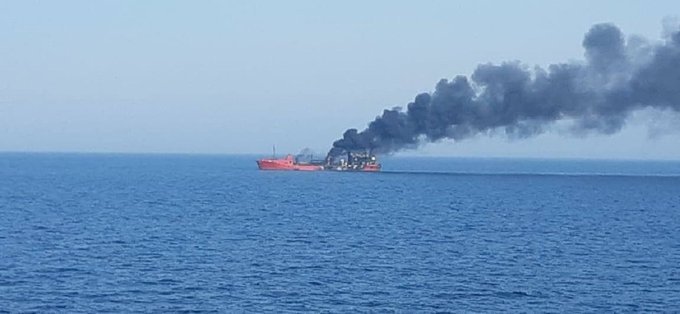
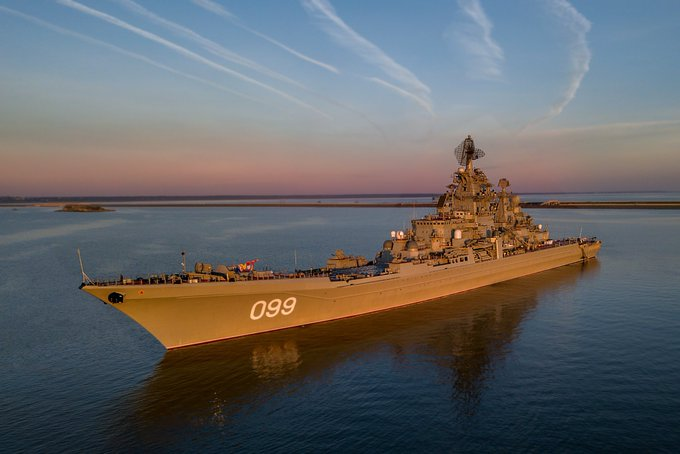
Max Bach

